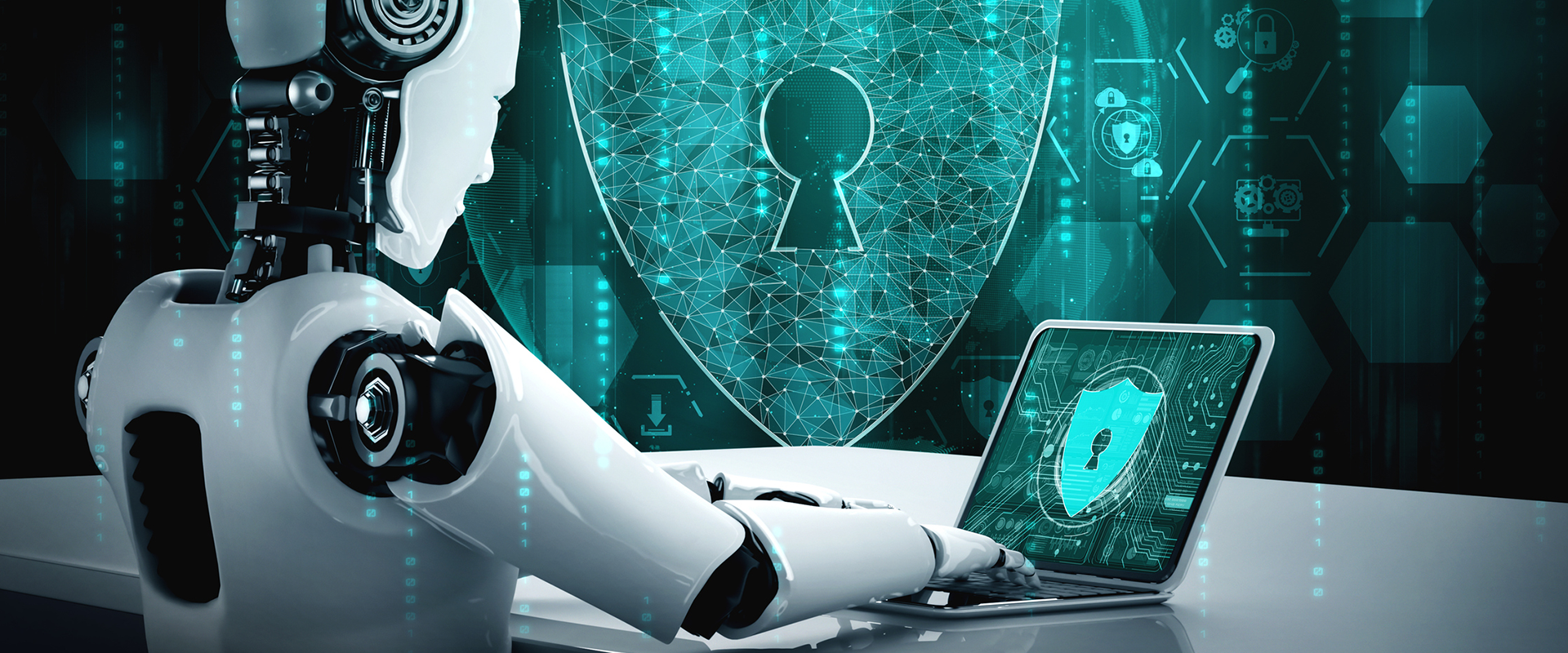As technology advances, so do the threats that come with it. Cybersecurity has become a critical concern for individuals, businesses, and governments worldwide. In recent years, Artificial Intelligence (AI) has shown promise in improving cybersecurity measures, but it also poses significant challenges. In this article, we will explore the challenges and solutions in AI and cybersecurity.
Introduction to AI and Cybersecurity
The rise of technology has enabled individuals and organizations to collect, store, and transfer vast amounts of data, making cybersecurity more critical than ever before. Cybersecurity aims to protect data from unauthorized access, use, and disclosure. AI, on the other hand, refers to the development of computer systems that can perform tasks that typically require human intelligence, such as learning, reasoning, and decision-making.
Challenges in AI and Cybersecurity
While AI has the potential to improve cybersecurity, it also poses significant challenges. Here are some of the major challenges:
Adversarial Attacks
One of the significant concerns with AI is its susceptibility to adversarial attacks. Adversarial attacks involve manipulating data to deceive AI systems into making wrong decisions. For example, attackers can use adversarial attacks to trick AI systems into misclassifying images or recognizing faces incorrectly.
Data Privacy
AI requires vast amounts of data to function correctly, which raises concerns about data privacy. Organizations that collect, store, and use data must ensure that they comply with data privacy regulations, such as the General Data Protection Regulation (GDPR) and the California Consumer Privacy Act (CCPA).
Explainability and Transparency
AI systems can be complex and challenging to understand, which can make it challenging to explain how they work. This lack of explainability and transparency can hinder the ability to detect and correct errors or bias in AI systems.
Bias and Discrimination
AI systems are only as unbiased as the data they are trained on. If the data used to train AI systems is biased, the resulting algorithms may also be biased. This can lead to discrimination against certain groups of people, which can have significant ethical and legal implications.
Solutions in AI and Cybersecurity
To overcome the challenges associated with AI and cybersecurity, several solutions can be implemented. Here are some of the potential solutions:
Adversarial Training
Adversarial training involves training AI systems to recognize and defend against adversarial attacks. This can be done by generating adversarial examples during the training process, which helps the AI system become more robust against future attacks.
Privacy-Preserving Techniques
Privacy-preserving techniques aim to protect data privacy by anonymizing data, encrypting data, or limiting data access. These techniques can help ensure that organizations comply with data privacy regulations while still allowing them to use AI to improve cybersecurity.
Explainable AI
Explainable AI aims to increase the transparency and explainability of AI systems. This can be done by using techniques such as model interpretation, which helps explain how an AI system makes decisions.
Fairness and Diversity
To address bias and discrimination in AI systems, organizations can implement techniques such as data sampling and preprocessing to ensure that the data used to train AI systems is representative of the entire population. Additionally, organizations can implement techniques such as counterfactual analysis to detect and correct bias in AI systems.
Conclusion
AI has the potential to improve cybersecurity, but it also poses significant challenges. Adversarial attacks, data privacy, explainability and transparency, and bias and discrimination are among the major challenges. However, solutions such as adversarial training, privacy-preserving techniques, explainable AI, and fairness and diversity can help overcome these challenges. By implementing these solutions, organizations can use AI to improve cybersecurity while ensuring that they comply with data privacy regulations and ethical considerations.



